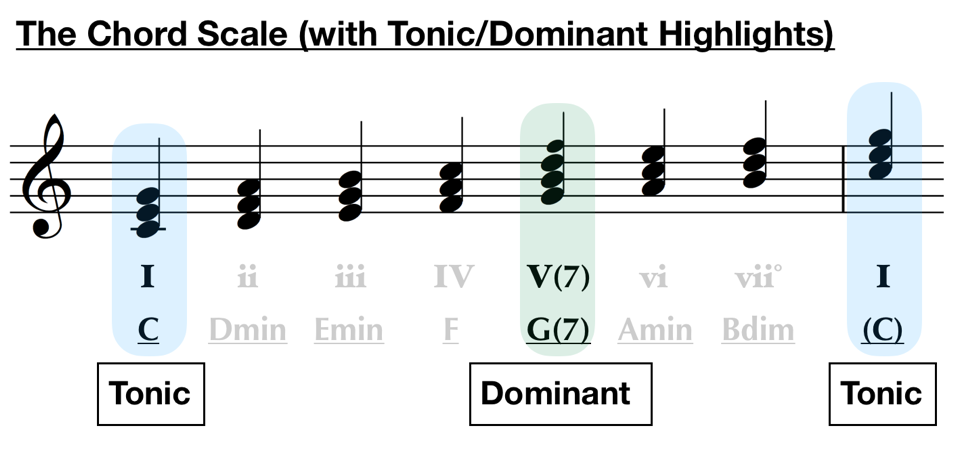
In the following Staff an alternative version of the fundamental sentence, now with an “even periodicity”, is shown.įollowing a line of reasoning that at this point should be clear, the sentence in Staff (17) can be exploited in order to deduce a great deal of further sentences. The previous sentence allows us to modify the fundamental one. Let’s now consider another new “word”, nothing but a very short “back and forth” chromatic bridge between the fifth and the (major) sixth:įrom Staff (7), considered without the anacrusis and stopped at the fifth, by exploiting the new word just obtained, we deduce the following sentence:

Let’s now consider the following new “word” based upon the mixed approach concept like the one in Staff (11), but built, in this case, considering an ascending motion:Įxploiting the word just considered, we can obtain a great deal of new sentences.įor example, from Staff (2), transposed an octave lower and stopped at the fifth, Staff (11), and Staff (13), we obtain: We can clearly continue to mix the sentences, now with an additional ingredient.įor example, from Staff (3), extended as shown in Staff (1), and Staff (11), transposed an octave higher, we obtain: Obviously, coherently with what highlighted at the beginning of this section, in performing the exercise in Staff (11), the improviser must focus his/her attention “exclusively” on the major triad. The previous sentence allows the musician to sound very “chromatic”. Let’s now practice the following pattern based upon the mixed approach concept: įor example, from Staves (6) and (8), the latter extended as shown in Staff (1), we can easily deduce the underlying long sentence: It is essential to underline that, in playing both the sentence we have just examined and the ones that will arise from it, the musician must focus his/her attention “exclusively” on the major triad and its inversions (in case of translation).įrom the pattern shown in Staff (1), exploiting the translation and carrying out a banal cutting, we immediately deduce the three following sentences:Īlthough the topic is not herein properly addressed, we highlight how the sentences in Staves (2), (3), and (4) lend themselves to several metric displacements.Īt this point, it is worth practicing the following exercise based upon the major triad and the ascending (chromatic) approachīy means of a simple metric displacement, from the previous exercise, we can deduce the following:įrom Staves (2), (3), and (4), the latter considered with a metric displacement, exploiting the previous exercise we deduce the three following sentences:Īt this point, we can already start to combine the sentences deduced, so as to obtain something more complex (Baker, 1988a, 1988b, 1988c, 1988d Wise, 1983). The fundamental sentence can be evidently played starting from each of the chordal notes, by means of a simple translation. On this subject, it is worth underlining how the sentence in question could have been equivalently written in 6/4 time, so as to emphasize its periodic behavior. The particular time signature (3/4) in Staff (1), chosen exclusively for the sake of convenience, is related to the “odd periodicity” of the sentence. In Staff (1), like in all the staves in this paper, the chordal notes (meant as the notes that constitute the triad) are highlighted in red. The fundamental sentence we have to start from is shown in following Staff: Obviously, the method should be practiced and mastered in all 12 keys.Īlthough it is anything but a novelty (Wise, 1983), we will carry out the whole discussion in terms of sentences and words.īefore starting, it is worth underlining how the only required background consists in the mere knowledge of triads. As elsewhere discussed (Cataldo, 2017a, 2017b), the peculiarity of the method lies fundamentally in the fact that the attention of the improviser is focused on triads.

The sentences so obtained can be easily cut, modified, by using new “words” (Wise, 1983) and extensions, and then combined. We herein exclusively deal with the major seventh chord, starting from a fundamental extended “sentence”, built around the major triad, which immediately gives birth to three further sentences.


 0 kommentar(er)
0 kommentar(er)
